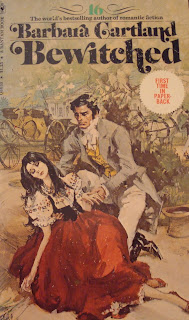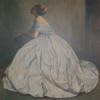
 Call of the Heart is #23 in the Bantam series and was published in September 1975. This story is about Lalitha, who has been brutally treated by her stepmother and ends up married to Lord Rothwyn after her stepsister refuses him. How he helps Lalitha regain health and she saves his life is the plot of this story.
Call of the Heart is #23 in the Bantam series and was published in September 1975. This story is about Lalitha, who has been brutally treated by her stepmother and ends up married to Lord Rothwyn after her stepsister refuses him. How he helps Lalitha regain health and she saves his life is the plot of this story.In regency times, parents had supreme rule over their children and some children were cruelly treated, not only by their parents, but sometimes by nurses and servants.
Marriages could be arranged quickly in England using a special license signed by a bishop. One could also marry at Fleet Street, but this was very improper. So was a runaway Gretna Green Scotland wedding. Having banns read for 3 consecutive weeks at a parish church was the normal way to wed.
Francis Marshall paints 2 very different covers for this book. The Pan (UK) edition has them on board a ship while the Bantam cover has them in a cave with a campfire nearby. I love the details of her dress and cape.















































